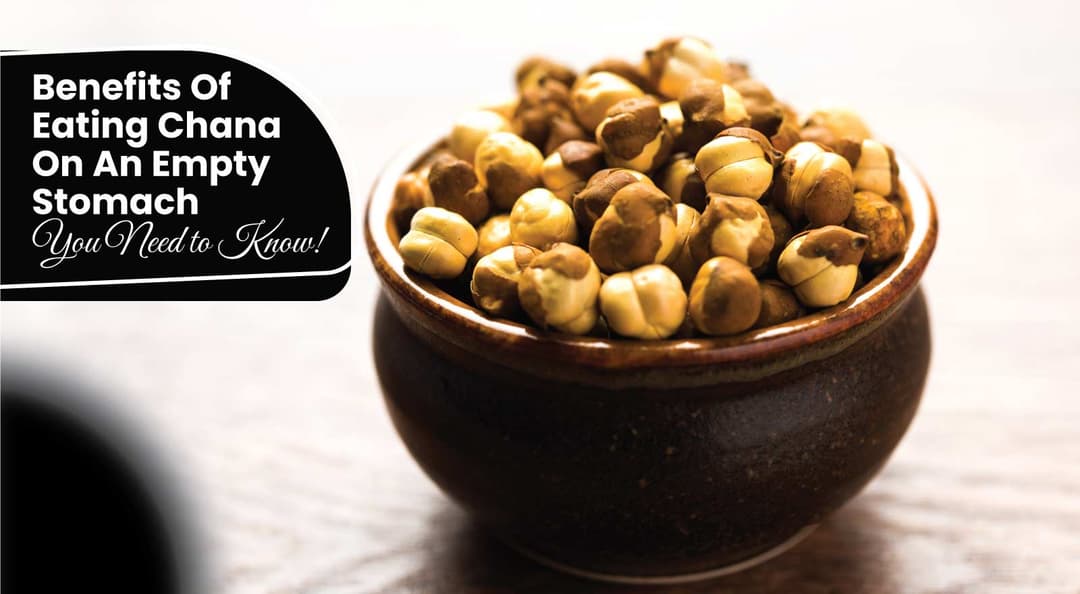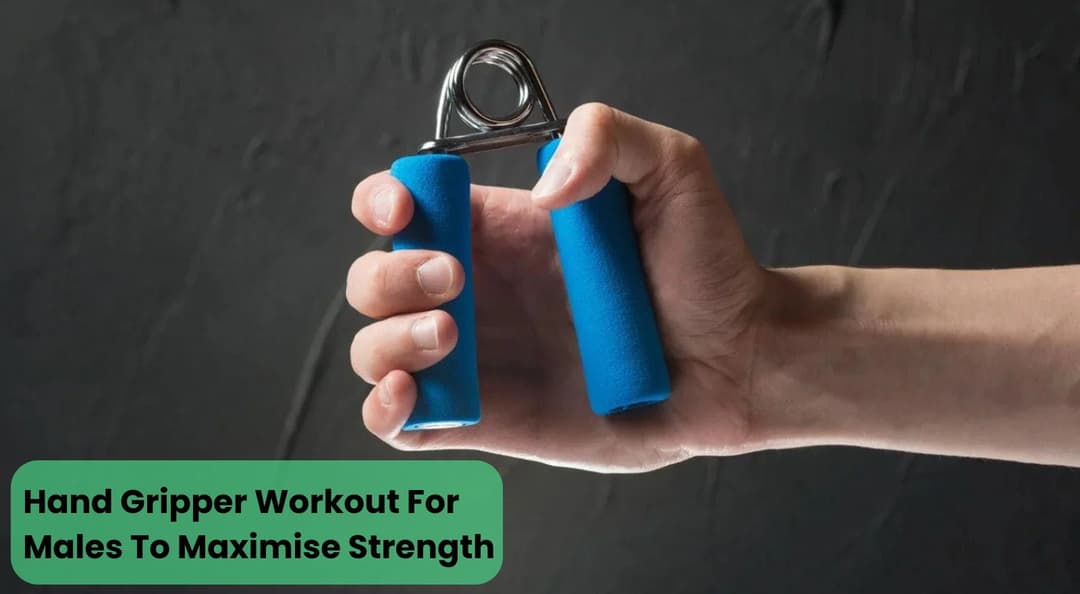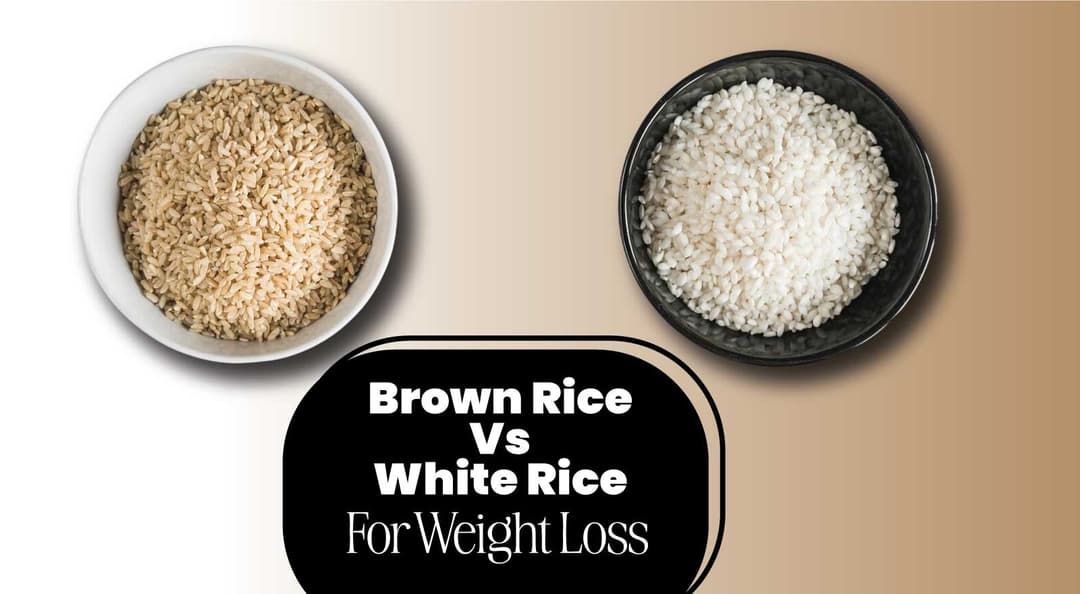The human body is made up of more than 600 muscles that are connected to the bones of the skeletal system and are involved in locomotion and movement. Likewise, the brachialis muscle is known as the deltoid muscle. This is a significant muscle group where the shoulder meets the torso.
The deltoid is a big muscle that lifts the arm and controls the shoulder's range of motion. Pain in this area may be caused by overuse or an injury. It is placed in the top region of the arm, near the shoulder. Tendons connect the deltoid to the collarbone, shoulder blade, and upper arm.
Like many other muscles, the deltoid can become injured or strained for various reasons, including overuse and tendon injuries. In this blog post, you will explore deltoid muscle, deltoid tendonitis treatment, and more! Keep reading!
Table Of Contents
1. What Is Called Deltoid Or Deltoid Muscles?
2. What Are The 3 Deltoid Muscles?
3. What Is The Main Function Of The Deltoid?
4. Deltoid Tendonitis Treatment
5. Deltoid Muscles Exercises
6. Expert's Advice
7. The Final Say
8. FAQs
9. References
What Is Called Deltoid Or Deltoid Muscles?
The deltoid is a large triangular-shaped muscle on the other shoulder muscles' surface and forms the shoulder's rounded outline. The deltoid muscle is in the shoulder, a ball-and-socket joint connecting the arm and torso. The deltoids help you move your arms in different directions.
The shoulder joint is formed by articulating the superficial articular space of the scapula and the head of the humerus, giving rise to the glenohumeral joint, an alternative name for the shoulder joint. The glenohumeral joint protects and stabilises the shoulder joint.
Like most other muscles in the body, the deltoid is a skeletal muscle. Tendons attach them to bones. Skeletal muscles are voluntary muscles, so they make decisions to move. Skeletal muscles are different from smooth or involuntary muscles (such as the heart), which act without you having to think about them.
Also Read: Weekend Exercises: Boost Your Fitness Levels With These 8 Fun Workouts
The deltoid is one of the main abductors of the shoulder. It helps you raise your arms when picking objects or brushing your hair. Be active when carrying heavy objects such as suitcases or grocery bags to prevent shoulder dislocation.
What Are The 3 Deltoid Muscles?
Deltoid means deltoid-shaped (oid = shape, delt = Greek letter resembling a triangle). You are probably familiar with the triangular shape of river deltas. The deltoid is the primary muscle of the shoulder. It runs from the scapula (shoulder blade) to the end of the collarbone (collarbone). The deltoid is divided into three parts: the anterior (front) deltoid, the middle deltoid, and the posterior (posterior) deltoid.
1. Anterior Deltoid
The front deltoids are located in front of the shoulder and help propel the arm forward. They are attached to the collarbone. Use your front deltoids to lift items off shelves.
2. Lateral Deltoid
It is located between the front and rear deltoids and helps you move your arm up, down, and to the side. It attaches to the acromion, a bony prominence of the scapula. If you do jumping exercises, you will be using your lateral deltoids.
3. Posterior Deltoids
It is located behind the shoulder, which allows you to move your arms backwards. It is attached to the flat surface of the scapula. When you play baseball, you use your rear delts.
Each part is responsible for a different type of movement. The anterior deltoid is responsible for shoulder flexion, the middle deltoid is responsible for abduction, and the posterior deltoid is responsible for shoulder extension.
Also Read: EMOM Workout Guide: How To Get Started And Understanding The Benefits
What Is The Main Function Of The Deltoid?

The deltoid muscle plays a vital role in shoulder abduction and has a lesser role in arm flexion and extension movements. Simultaneous contraction of the three parts of the deltoid muscle results in shoulder abduction, in which the arm is already held in 15 degrees of abduction. The deltoid cannot initiate abduction, so the supraspinatus produces the first 15 degrees of abduction.
Contraction of the anterior deltoid alone causes extension and lateral rotation of the arm. Independent contraction of the lateral deltoid muscles causes abduction of the arm. Finally, the posterior deltoid muscle contraction causes the arm to bend inward and rotate. The anterior and posterior deltoid fibres rotate the arms when walking.
The main function of the deltoid muscle is to align the humerus and shoulder joint. Muscle movements are called:
Abduction | Here, the hand is lifted towards the body. |
Flexion | Raise your arms above your head in both directions. |
Extension | This is where the arm moves backwards. |
Rotation | This is where the humerus rotates in the shoulder socket. |
The point where the muscle attaches to the bone is called the insertion point. Each of the three heads of the deltoid muscle has its attachment point. Together, they help stabilise the shoulder joint and allow shoulder movement.
Also Read: 25 Impactful Abs Exercises For Women To Build A Strong and Defined Core!
Deltoid Tendonitis Treatment
Deltoid tendonitis (tendinitis) is an inflammation that affects the shoulder joint area. A group of muscles called the rotator cuff, and the biceps tendon keep the shoulder joint stable. These muscles and tendons hold the humerus bone (humerus) inside the shoulder socket (glenohumeral fossa).
Shoulder tendinitis occurs when inflammation catches or tightens the muscles and tendons of the upper arm bone (acromion). When the rotator cuff tendons become inflamed and irritated, it is called rotator cuff tendonitis. When the biceps tendon becomes inflamed and irritated, it is called biceps tendonitis.
Treatment for deltoid tendonitis depends on several factors, including age, symptoms, and severity of the condition. Your healthcare provider may recommend a combination of rest, wraps, and ice for recent or severe injuries. Other non-surgical treatment options include:
1. Nonsteroidal anti-inflammatory drugs (NSAIDs): To reduce pain and swelling, you can take aspirin, naproxen, or ibuprofen.
2. Physical therapy: Your doctor may recommend seeing a physical therapist. A physical therapist can help you with various movements and strength exercises.
3. Corticosteroid injection: If you have persistent, severe shoulder pain, you may be given cortisone injections.
4. Platelet-rich plasma (PRP) Treatment: Your doctor injects a concentrated sample of platelets into your body to aid recovery and healing.
5. Surgical intervention: If your rotator cuff or biceps tendon is partially or entirely torn and other treatments do not improve your symptoms, your doctor may recommend surgery. The surgery repairs damaged tendons and removes inflamed bursae that may irritate the shoulder.
Also Read: Optimise Your Fitness: 10 Best High-Intensity Workouts At Home With Exercise Tips!
Deltoid Muscles Exercises
The deltoids often work with shoulder presses, lateral lifts, and rear deltoid raises. Correctly performing these exercises ensures proper muscle function and stabilisation of the shoulder joint. The rotator cuff is a powerful primary load-bearing motor and a small stabiliser around the shoulder.
Deltoid injuries are very rare. A much more severe problem is a rotator cuff injury. However, if you have suffered a deltoid injury, contact a physiotherapist for advice and assistance. Here are the five best exercises to strengthen your deltoids:
1. Military Press
This exercise works the anterior deltoids and core muscles in the shoulder area. To perform the exercise:
- Stand shoulder-width apart with your feet and hold a dumbbell in each hand.
- Lift the weight above your head until your arms are fully extended.
- Slowly lower the weight to the starting position and repeat.
- Repeat this for around 10 to 15 times for 3 sets.
2. Dumbbells Lateral Raise
To do this deltoid muscle exercise:
- Pick up dumbbells and raise your arms to shoulder height.
- Slowly turn to your side.
- This exercise strengthens the shoulders, especially the deltoid and rotator cuff muscles.
- Repeat 10 to 12 times for 3 sets.
3. Flying Back With A Single Arm
This exercise works the rear deltoids. To perform it:
- Stand with your feet shoulder-width apart, place one hand on a vertical bench, bend your hips, and place a dumbbell in front of you.
- Lift the dumbbells to your side, slightly bending your elbows and pulling in your shoulder blades. Then, slowly lower the dumbbells and return to the starting position.
- Repeat 10 to 12 times for 3 sets.
4. TRX Rear Deltoid Row
Follow the steps to do this exercise:
- With the handles shoulder-width apart and your arms in a neutral position, lean back so your torso is at a 45-degree angle.
- Squeeze your shoulder blades together, pull your torso toward your arms and bend your elbows.
- Slowly return to the starting position, maintaining muscle control.
- Repeat this for around 10 to 15 times for 3 sets.
5. Standing Band Lateral Raise
Follow the steps to do this exercise:
- Stand shoulder-width apart and hold a resistance band in each hand.
- Raise the band to the side, keeping your elbows at shoulder height.
- Slowly lower the band to the starting position and repeat the movement three times for 10 reps.
Expert’s Advice
The deltoid is the primary muscle that performs the initial movement of shoulder abduction. The deltoid muscle can be damaged or affected directly or indirectly by surgery. In these cases, rehabilitation may be necessary to regain flexibility, range of motion, and strength.
Health Expert
Lavina Chauhan
The Final Say
The deltoid muscle is important in moving the arm in various directions. It also stabilises the shoulder joint and protects it from injuries such as dislocations. People who perform many repetitive overhead movements, such as swimmers, pitchers, and mechanics, are at risk for deltoid injuries. Most deltoid injuries heal with non-surgical treatment.
FAQs
1. What is the origin of the deltoid muscle?
The deltoid muscle is derived from the lateral section of the clavicle (collarbone), the spine, and the acromion process of the scapula (shoulder blade).
2. What causes the aching of deltoid muscle?
Overuse injuries and strains are the most common cause of deltoid pain. People who repeatedly exercise their shoulders and deltoid muscles, particularly in sports, are likelier to sustain a deltoid injury. A strain can occur unexpectedly due to hard lifting or an accident, such as a tumble or fall.
3. What is the anatomy of the deltoid muscle?
A broad triangular muscle covering the shoulder joint lifts the arm laterally. It originates from the upper anterior region of the outer third of the clavicle.
4. What is anterior deltoid strain?
A strained deltoid in the affected shoulder may have signs and symptoms such as swelling, bruising to the area (from damage to small blood vessels under the skin), or redness. Pain and soreness when at rest. Stiffness in the muscle.
5. How are deltoid and supraspinatus connected?
The supraspinatus has associations with the other muscles of the rotator cuff, including the infraspinatus, teres minor, and subscapularis. It is embryologically linked to the deltoid and works with the deltoid to perform abduction of the humerus at the glenohumeral joint.
6. How do you keep your deltoids healthy?
Unsurprisingly, exercise is the best way to keep your delts healthy and reduce your risk of injury. This may include resistance and strength training and, for older adults or people with physical limitations, stretching and rotational exercises to keep joints and tendons flexible.
5. What is called a deltoid?
The deltoid muscle is a large triangular intrinsic shoulder muscle, so named because its shape resembles the inverted Greek letter delta. This muscle forms the shoulder's rounded contour, which is thick and spread out anteroposteriorly.
References
- https://www.ncbi.nlm.nih.gov/books/NBK537056/
- https://www.osmosis.org/answers/deltoid
- https://my.clevelandclinic.org/health/body/21875-deltoid-muscles
About ToneOp Fit
ToneOp Fit is a platform dedicated to improving and maintaining good health through a comprehensive range of goal-oriented health plans with up to 3 Coach support. With a range of Weight Management, Medical Condition, Detox Plans, and Face Yoga Plans, the app also provides premium health trackers, recipes and health content. Get customised diet, fitness, naturopathy & yoga plans and transform yourself with ToneOp.










































